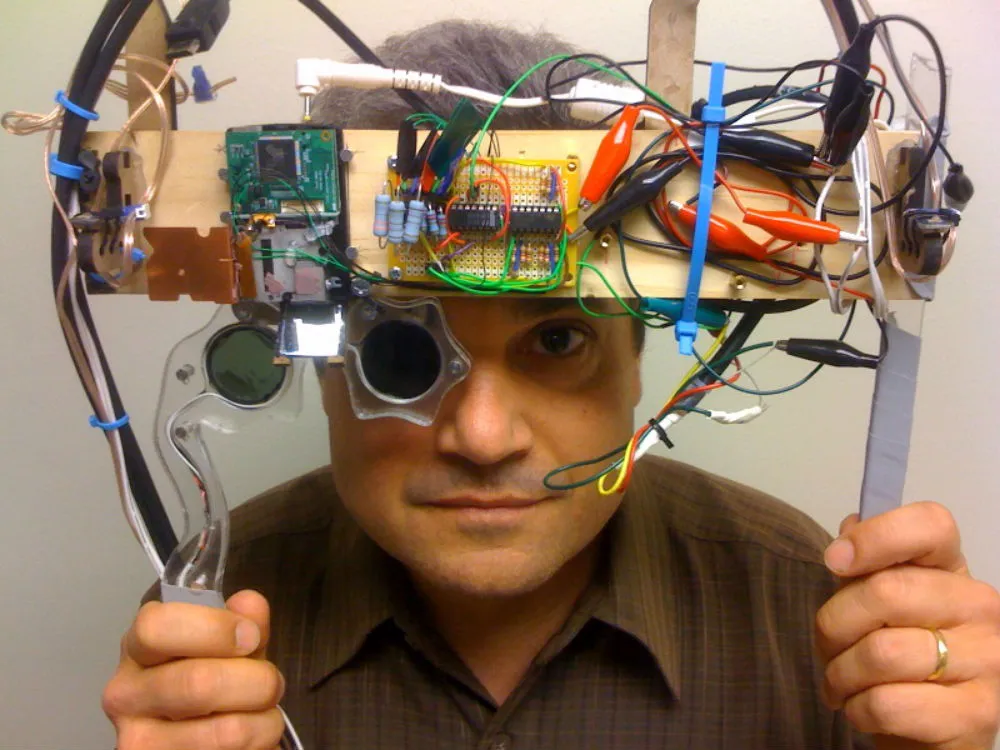Google swiped up USC’s reality capture pioneer Paul Debevec earlier this year and now mixed reality expert Mark Bolas is working at Microsoft on a “sort of sabbatical.”
First reported by Polygon, the move means one of the pioneers responsible for VR’s resurgence is now applying his brainpower and expertise at Microsoft. Bolas hired Oculus co-founder Palmer Luckey to work at his Mixed Reality Lab inside USC’s Institute for Creative Technologies, where a phone-based cardboard box VR viewer was developed years before Google popularized the approach.
“While I don’t speak for all of USC, I can say without hesitation that Mark is a brilliant researcher and was a valued colleague and dear friend,” wrote Todd Richmond, Director Mixed Reality Lab/Studio and Advanced Prototypes at ICT, in an email. “I’d welcome him back to ICT in a heartbeat.”
We don’t know what problem Bolas could be trying to help Microsoft solve — it’s a large company with many divisions. His title, according to Microsoft, is “Partner Director of Program Management” inside Microsoft Research. We do know several key data points though:
- Bolas is one of the world’s foremost experts in mixed reality headset design.
- Microsoft plans to support VR headsets with its upcoming 2017 Xbox Scorpio system.
- Microsoft already demonstrated a solid inside-out tracking system with its $3,000 HoloLens, but getting that kind of robust tracking system to work with other kinds of headsets, including wide field of view VR, is the place Bolas might be able to offer assistance.
Below is an excerpt from Bolas’ website describing the “alternative head-mounted displays” he worked on, including the Wide5 headset he and research partner Ian McDowall were working on back before the iPhone was even on the market. Emphasis added:
The final architecture we designed is now an approach used in most of today’s upcoming consumer products. It stoked the imagination of people like Palmer Luckey, founder of Oculus, who, before joining my lab, wrote: “I would absolutely kill to get my hands on it, along with a screwdriver, for an hour.” It inspired Col. Blake who was in charge of Army training and simulation, to task me with the mission of “disrupting the supply chain” for VR. Most of all, the Wide5 served as the backbone for research in my lab on the next steps for virtual reality.
I continue to pursue alternative approaches for HMDs. In order to create a system that puts no glass between the user’s face and the experience, I designed a novel near-axis Retro-Reflective Projector system that provides each user an individualized, perspective-correct image. The castAR company is developing a similar approach for a commercial product.
His voice can be heard in a 2015 video narrating a series of projects from USC ranging from stop-motion VR capture to redirected walking.
We reached out to Bolas and Microsoft for more information and will update if we hear back.


























